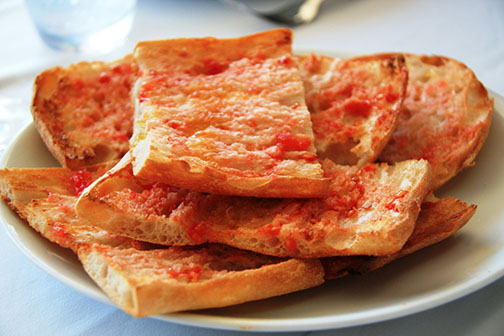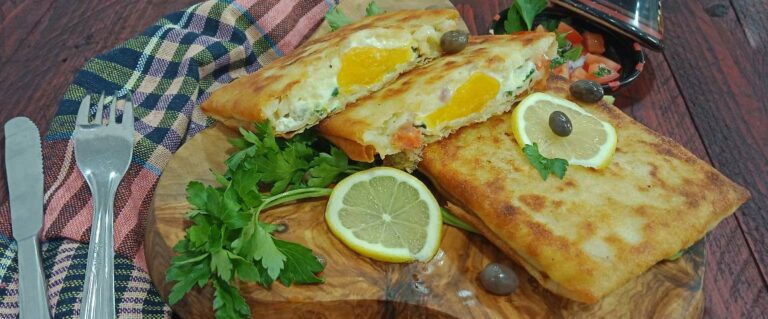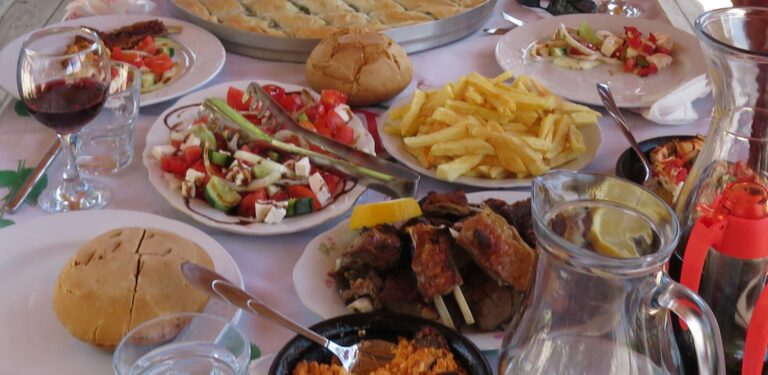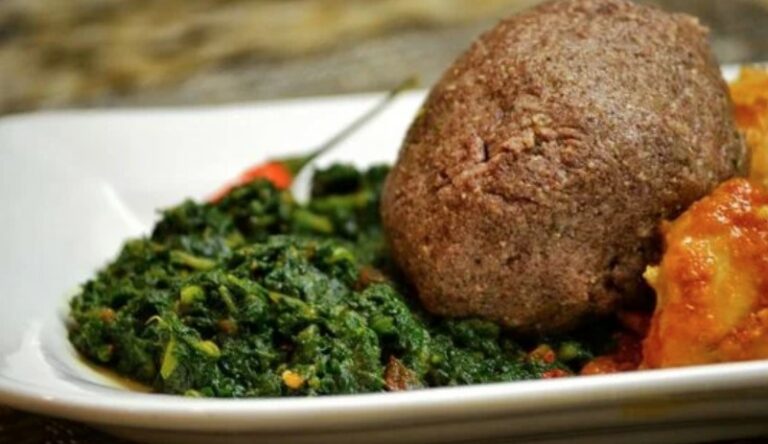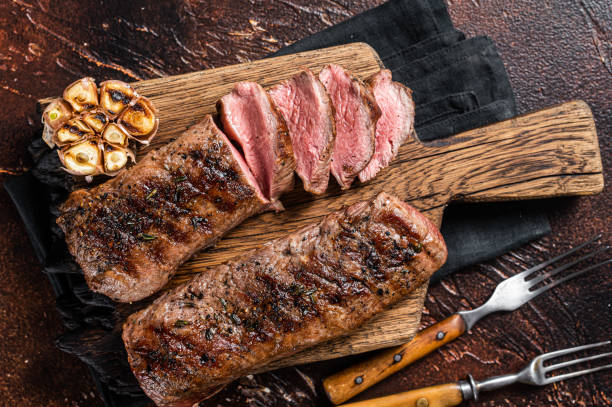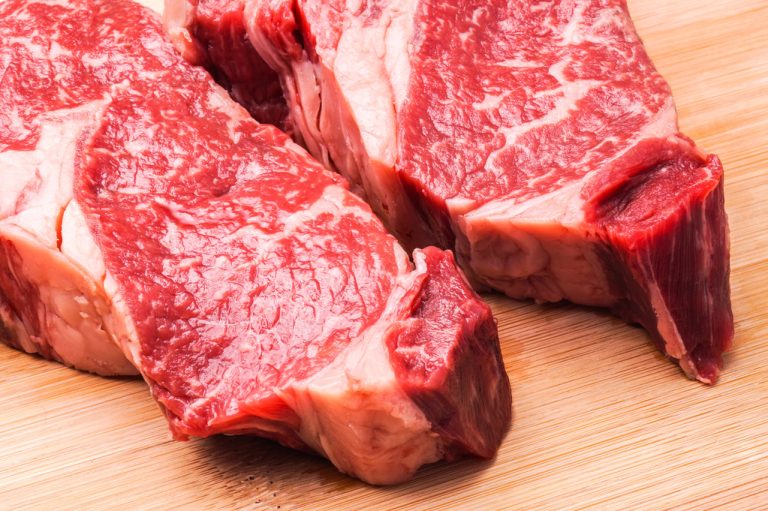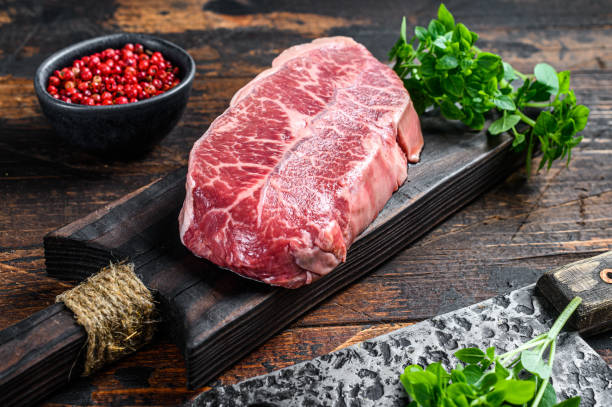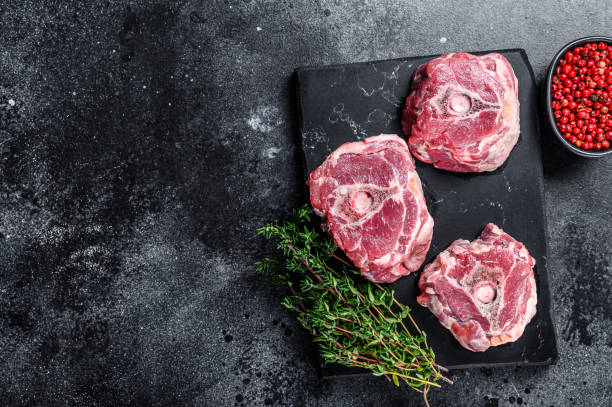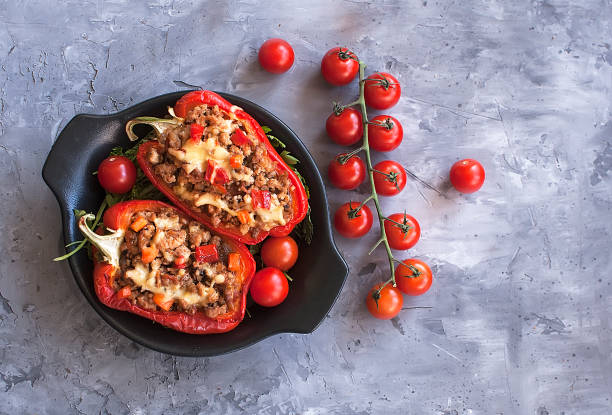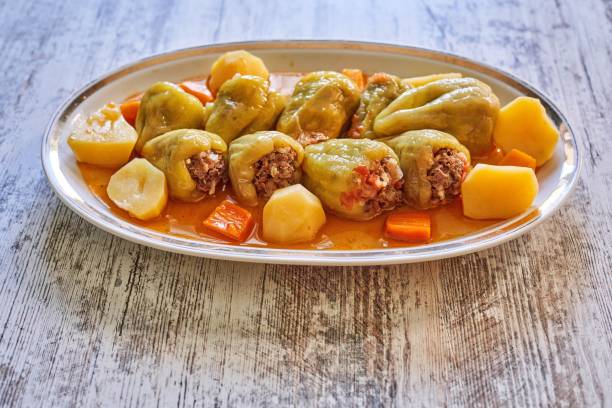Introduction: Exploring the Meat-rich Culinary Traditions of Angola
Angola is a nation located in Southern Africa that boasts of a rich culinary heritage. The country’s cuisine is a delightful blend of African, Portuguese, and Brazilian influences, which is reflected in their meat dishes. Angola is renowned for its meat dishes that feature a variety of flavors and cooking methods. Whether it is chicken, pork, or goat, Angola’s meat dishes are sure to tantalize your taste buds. In this article, we will explore some of the most popular meat dishes in Angolan cuisine.
Muamba de Galinha: The National Dish of Angola
Muamba de Galinha, which translates to “chicken stew,” is Angola’s national dish and a favorite among locals. This hearty stew features chicken cooked in a flavorful sauce made with palm oil, garlic, onion, tomato, chili pepper, and okra. The dish is usually served with funge, a starchy side dish made from cassava flour, which helps to soak up the delicious sauce. Muamba de Galinha’s unique flavor combination is a testament to the country’s African and Portuguese influences.
Calulu: A Savory Stew with Fish, Meat, and Vegetables
Calulu is another popular meat dish in Angola that is typically made with fish, beef, or chicken. This flavorful stew is cooked with palm oil, garlic, onion, tomato, okra, and a variety of other vegetables, including eggplant, kale, and sweet potato leaves. The dish is seasoned with salt, black pepper, and smoked fish. Calulu is traditionally served with funge or pirão, a popular side dish made from cassava flour and water that has a porridge-like consistency.
Pirão: A Staple Accompaniment for Meat Dishes in Angola
Pirão is a staple side dish in Angola that is often served with meat dishes. The dish is made by boiling cassava flour in water and stirring it until it forms a thick, smooth porridge. Pirão is usually served with stews or grilled meats and is used to soak up the flavorful sauce. This side dish is simple yet delicious and is a perfect complement to Angola’s meat-rich cuisine.
Feijoada: The Brazilian Influence on Angolan Meat Cuisine
Feijoada is a meat dish that originated in Brazil but has made its way into Angolan cuisine. This hearty stew is made with black beans, pork, beef, and sausage and is served with rice, pirão, and sliced oranges. The dish is seasoned with garlic, onion, bay leaves, and salt, and is slow-cooked to perfection. Feijoada is a must-try for meat lovers and is a testament to the cross-cultural influences that have shaped Angola’s cuisine.
Carne de Porco à Alentejana: The Portuguese Pork Delight
Carne de Porco à Alentejana is a pork dish that originated in Portugal but has become a popular meat dish in Angola. This flavorful dish features pork marinated in garlic, white wine, and paprika, and then cooked with clams, potatoes, and coriander. The dish is served with rice and is a favorite among locals and tourists alike.
Cabrito à Benguela: A Flavorful Goat Dish of Angola
Cabrito à Benguela is a flavorful goat dish that is popular in Angola’s coastal region. The dish features tender goat meat cooked in a savory sauce made with onion, tomato, garlic, and chili pepper. The dish is usually served with pirão or rice and is a favorite among Angola’s coastal communities.
Frango de Churrasco: Angola’s Grilled Chicken Specialty
Frango de Churrasco is Angola’s grilled chicken specialty, and it is a favorite among locals and tourists alike. This dish features chicken marinated in a flavorful sauce made with garlic, lemon juice, and herbs, and then grilled to perfection. The dish is typically served with pirão, rice, and a variety of side dishes, including tomato salad and roasted potatoes.
In conclusion, Angola’s meat dishes are a testament to the country’s rich culinary heritage. From Muamba de Galinha to Frango de Churrasco, Angola’s meat dishes are sure to satisfy your taste buds. Whether you are a meat lover or a food enthusiast, Angola’s cuisine is worth exploring.


